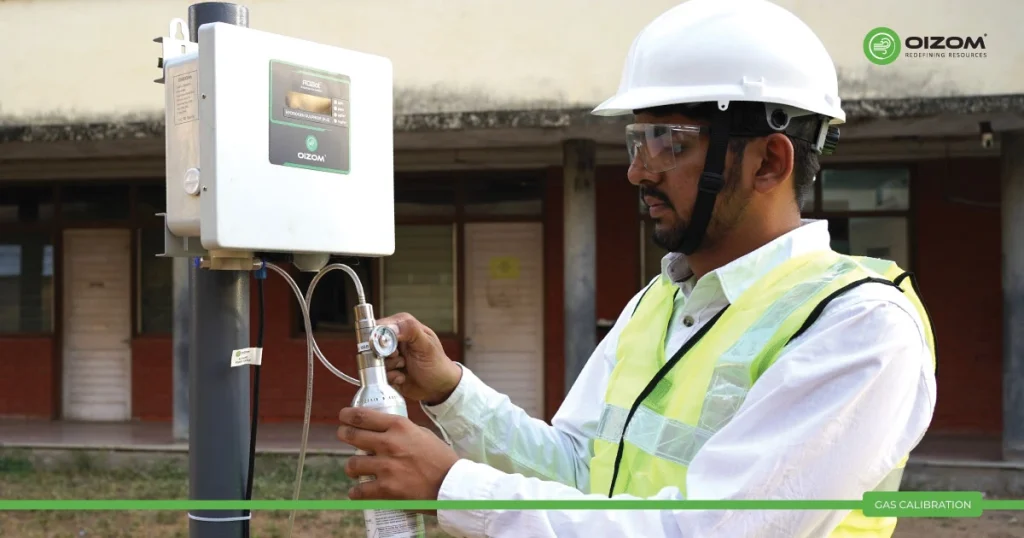Find the terms by letter
Gas Calibration
Definition
Gas calibration is done with pure air and standard calibration gas, at a high concentration range of 1-10 ppm and flow rate of 0.5 L/min. Such tests are repeated several times to ensure the highest level of data quality. The readings from the device are compared with the known concentration of the reference gas and the necessary corrections are made. Only those air quality monitors with benchmark performance in precision and accuracy are declared passed from the test to be deployed in the field.
Definition and Description
Gas calibration is the process of fine-tuning a gas measurement device using a mixture of pure air and standard calibration gas. This calibration is typically performed at elevated concentration levels within the range of 1-10 parts per million (ppm), with a consistent flow rate of 0.5 liters per minute. To ensure the utmost data accuracy, this calibration process is repeated multiple times. During calibration, the device’s readings are compared to the known concentration of the reference gas, and any necessary adjustments or corrections are applied. Only air quality monitors that demonstrate exceptional precision and accuracy during these tests are deemed suitable for deployment in real-world field conditions.



